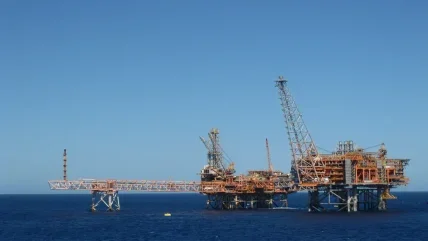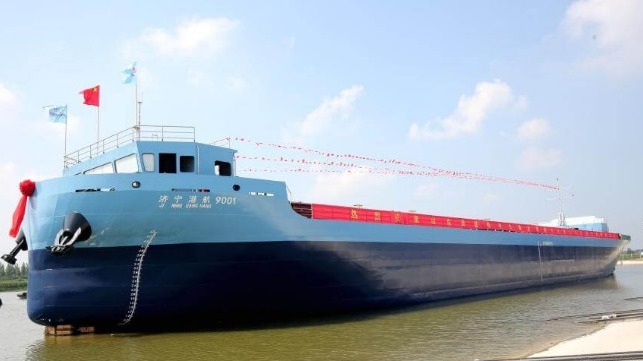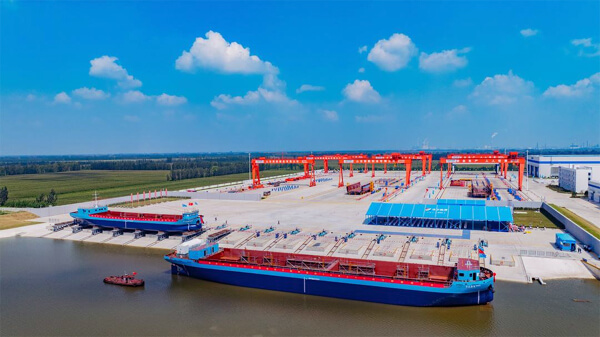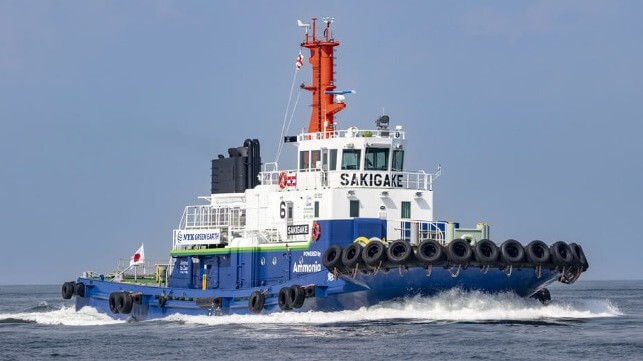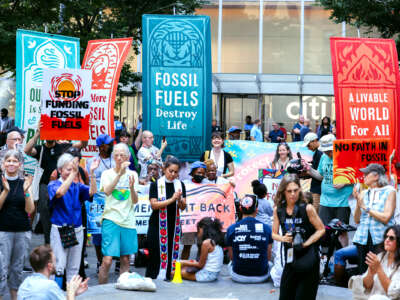Port Strikes: German Union Rejects Deal, India Settles, US Seeks Mediation
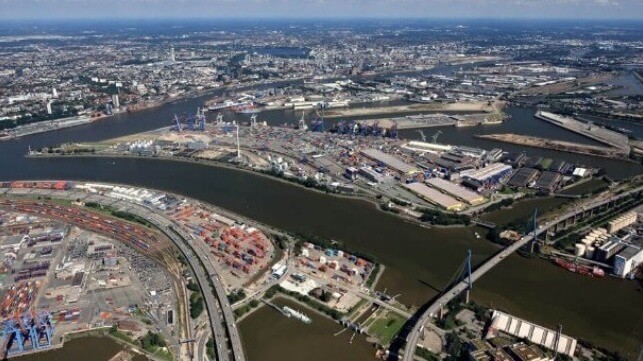
Labor unrest continues at ports around the world during the newest rounds of contract talks and the first in many cases after the pandemic, surge in port volumes, and global inflation. Strikes or looming actions are impacting ports ranging from Germany where the union held day-long stoppages at the major ports, to Fremantle, Australia where pilot boat operators and traffic control personnel walked off the job for 48 hours and threatened more actions, and a nationwide strike was due to start tomorrow in India.
Indian officials are reporting it went down to the wire in a marathon meeting after more than three years of negotiations. The Shipping Ministry set up a Bipartite Wage Negotiations Committee in March 2021 but the country’s 12 major ports were on the verge of an “indefinite action” by around 18,000 employees affiliated with multiple unions.
Six Indian unions were demanding pay and benefit improvements backdated to January 1, 2022, and the expiration of the prior contract. Reports in the Indian media indicate an MoU was reached with an 8.5 percent basic pay increase and a 30 percent consideration for holidays. Also, there is a monthly special allowance covering the period between 2022 and the end of 2026.
The same basic issues of pay, benefits, and work rules are cropping up in the negotiations in all parts of the world. Germany’s Ver.di union reports that voting on two options presented by the Central Association of German Seaport Companies (ZDS) was rejected as “completely inadequate” by its 11,500 members. At the fourth round of negotiations in July, ZDS put forward its final offers which included a 12-month option or a 16-month variant.
The union said voting concluded on August 23 and the offers were rejected. Officially they are calling for ZDS to return to the negotiating table and improve the offers. Ver.di had staged rolling strikes between Hamburg, Bremerhaven, Bremen, Wilhelmshaven, Brake, and Emden coinciding with the prior rounds of negotiations. No strikes have yet been scheduled for the contract, but Ver.di did announce plans for an August 31 action in Hamburg ahead of the scheduled vote to approve MSC’s deal to acquire half of Hamburg container terminal operator HHLA.
The deal for the port is bad for Hamburg says the union and in addition the wage offer they said has fallen short of members’ expectations. They note members have for two years worked hard maintaining the supply chain in Germany.
Vessel traffic personnel and the operators of pilot and other small boats in Fremantle, Australia however reported successful negotiations. They had paralyzed the port with their first walkout, and planned to stage a second 48-hour stoppage on August 25-26 but canceled it. Terms of the agreement were not announced but officials hailed the success of the negotiations and said there would be no further disruptions in Australia’s key western port.
Looming though is still the unsettled dispute for the U.S. East and Gulf Coast ports which has the greatest potential to disrupt global supply chains. A local issue over automation stalled the efforts to proceed with master contract negotiations. There is little more than a month till the September 30 deadline with the International Longshoremen’s Association saying it will not extend past the deadline. Last week, the ILA and the U.S. Maritime Alliance (USMX) each filed with the Federal Mediation & Conciliation Service (FMCS). The ILA has refused talks for the master contract as part of its stance against port automation. USMX says it is ready to resume talks.
National Longshore Strike May Hit All of India's Major Ports on Wednesday
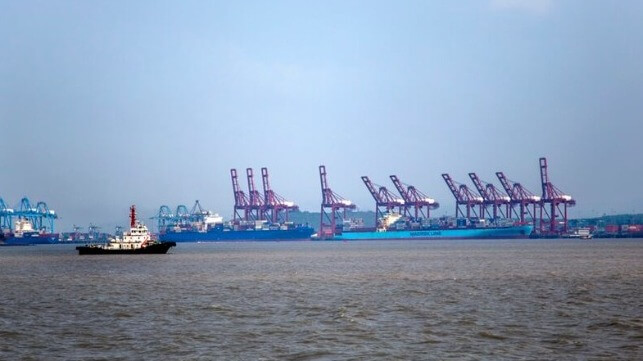
After nearly three years of wage negotiations, India's longshore unions are on the verge of a strike, and they could stage a walkout as early as 0600 hours Wednesday morning if last-ditch talks fail to produce a compromise.
On Tuesday, the Centre of Indian Trade Unions will meet with the state-run India Ports Association for a final round of discussions. If the talks do not work out, strikes could hit all 12 major Indian seaports, including Kandla, Jawaharlal Nehru, Kochi, Kolkata, Visakhapatnam, Tuticorin and Mumbai.
The walkouts will cover about 20,000 longshoremen and harbor tug operators, the union consortium said. The participation of tug crews in the strike means that even privately-operated, non-union terminals in the 12 affected ports may not be able to dock and undock vessels.
A full-scale strike would shut down about 2.3 million tonnes of cargo movement every day, Water Transport Workers' Federation leader T. Narendra Rao told Hindu Business Line. Rao called the ports association's approach to talks "lethargic and cruel," and said that 32 months was too long to wait for a new contract. "We are not begging for anyone's generosity or for alms, but struggling to keep our rights and privileges upright," Rao said.
Indian shipping interests have expressed dismay at the prospect of a major port shutdown, especially since the disruption in the Red Sea has already affected the shipping routes to and from the subcontinent. However, ships' agency GAC advised that the strike might not be quite as severe as forecast. The agency believes that tanker and LNG terminals will probably not be affected, and it says that only four ports - Tuticorin, Chennai, Ennore and Vizag - have actually been served with strike notices so far.
"[The strike] will lead to severe delays and congestion, extended turnaround time for vessels. Prolonged disruption will also result in higher operational costs like demurrage, detention, and re-routing expenses," GAC advised.
